How to Test RFID Tags with Your Smartphone (No Scanner Needed)
952Learn how to test RFID tags using your smartphone’s NFC feature. Discover apps, DIY methods, and troubleshooting tips for quick verification.
MoreAll RFID Product
If you’ve driven into a modern apartment complex or office parking lot recently, chances are you didn’t stop to grab a ticket. Instead, the boom gate lifted almost instantly—thanks to an RFID barrier gate. The idea sounds fancy, but in practice it’s surprisingly straightforward: your car carries a small RFID tag, the gate has a reader, and access is granted in a split second.
What struck me the first time I used one wasn’t just the convenience—it was the speed. No fumbling with cards or cash, no rolling down the window in the rain. The whole process felt smoother, almost invisible.

At its core, the system is a handshake. The RFID tag is like your ID card, except you don’t need to wave it. As you approach the gate, the antenna picks up the tag’s signal, checks if you’re allowed in, and then the barrier opens.
There are two common setups:
From what I’ve seen, the long-range setup makes the biggest difference in busy spots like hospitals, warehouses, or campuses—anywhere a line of cars would be a nightmare.
That said, it’s not perfect. Metal objects or even heavy rain can sometimes interfere with the reader’s range. I’ve also noticed that if the tag isn’t mounted properly on the windshield, the system might ignore you completely. In those moments, you’re stuck waving at the security guard like nothing’s changed.
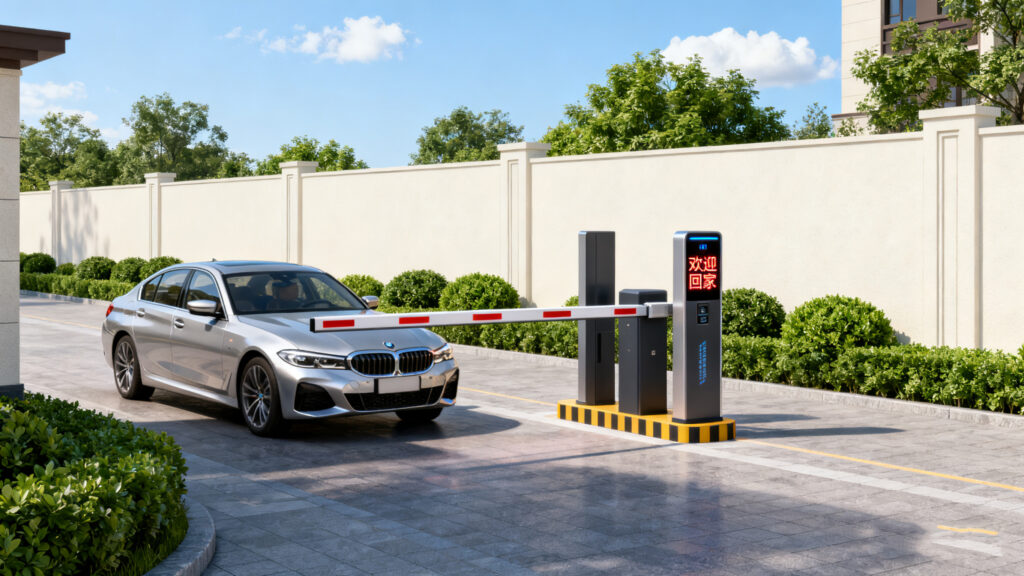
They shine in places where there’s a lot of vehicle movement:
Basically, anywhere traditional ticketing or manual checks would slow things down.
After seeing RFID barrier gates in different settings, my impression is this: they don’t feel like “high-tech gadgets” anymore. They’ve quietly become part of the background, like automatic doors or security cameras. And maybe that’s the real sign of good technology—you don’t think about it, it just works (most of the time).
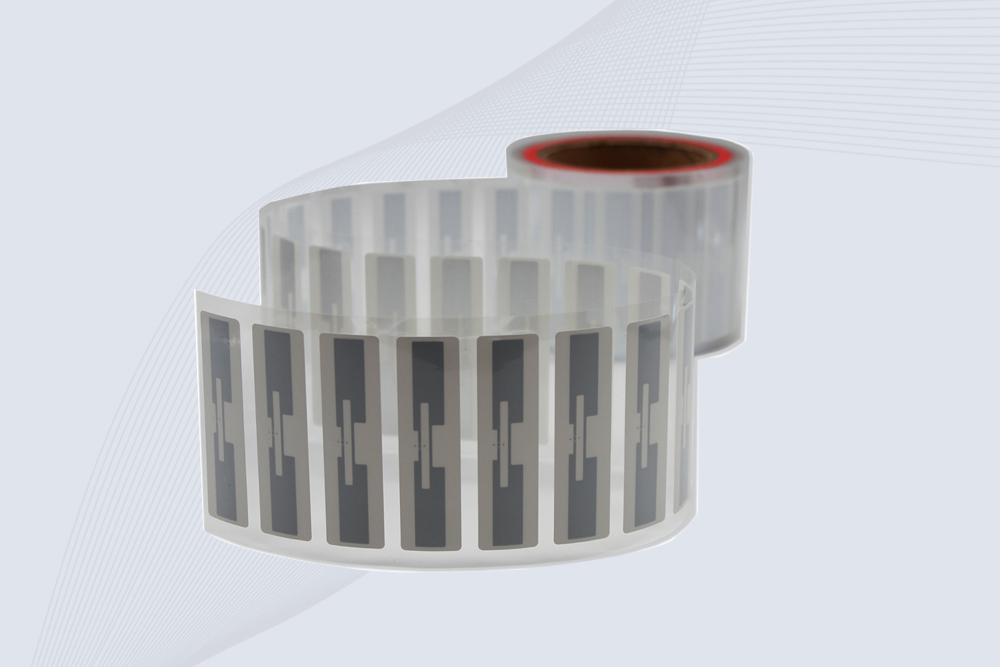
Cykeo’s industrial anti-liquid passive RFID tags deliver 8m read range in wet environments, -40°C to 85°C tolerance, 10-year durability. Certified for ISO 18000-6C/EPC Gen2.
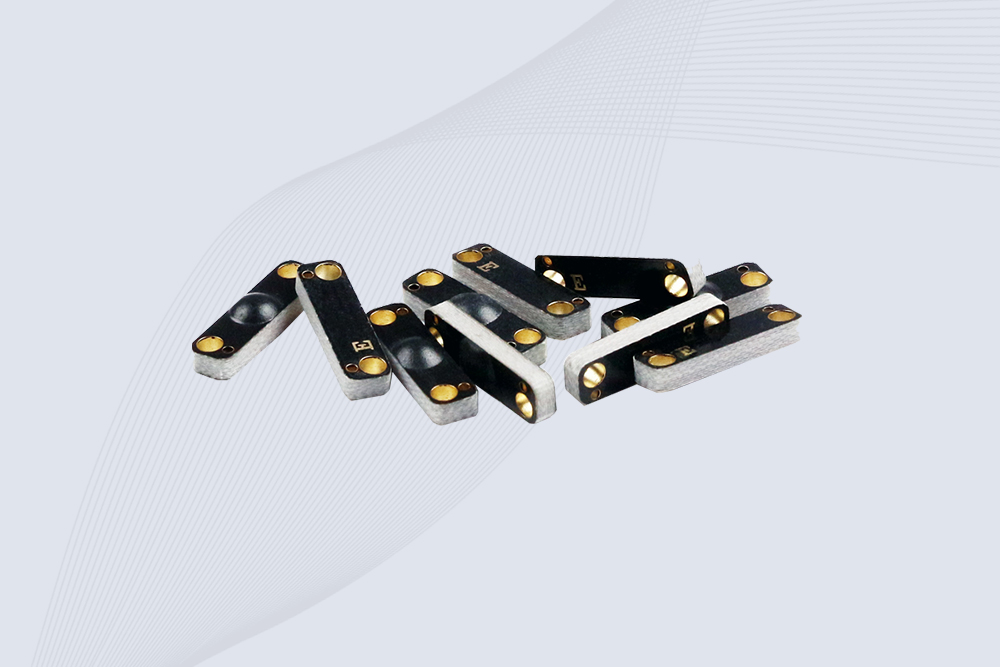
CYKEO CK-BQ1504 Metal RFID Tags is a compact anti-metal UHF RFID solution built for direct mounting on metal surfaces. With stable 8-meter read range, Ucode-8 chip, and long data retention, this rfid metal tag fits tools, containers, automotive parts, and industrial asset tracking.
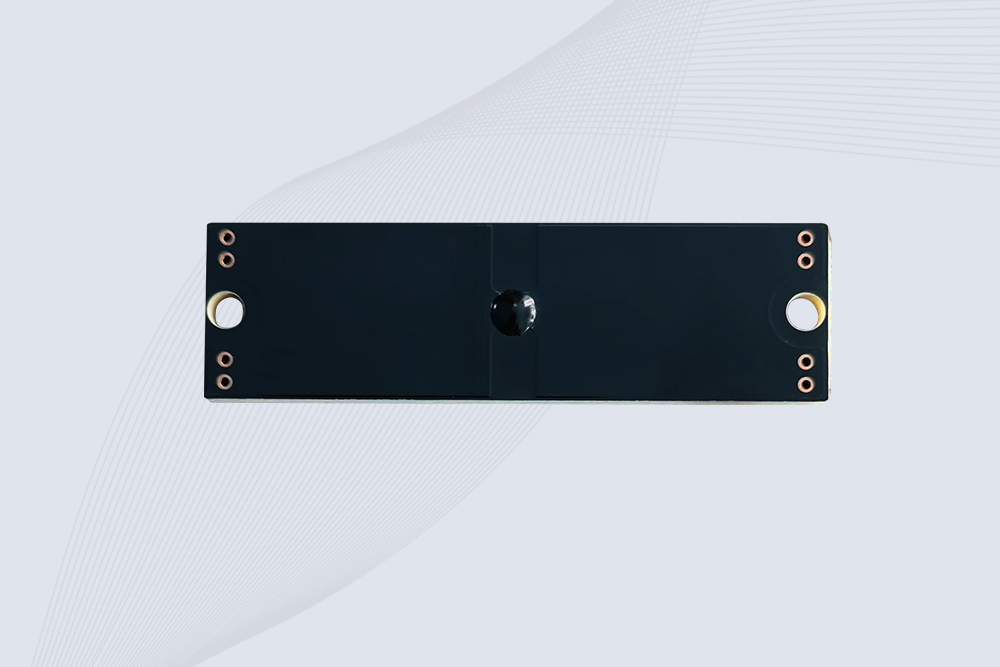
Cykeo’s CK-BQ7020 on-metal RFID tags feature 5m read range, chemical resistance, and -40°C to +85°C operation for industrial asset tracking. Compatible with NXP/Impinj chips and ISO18000-6C protocols.
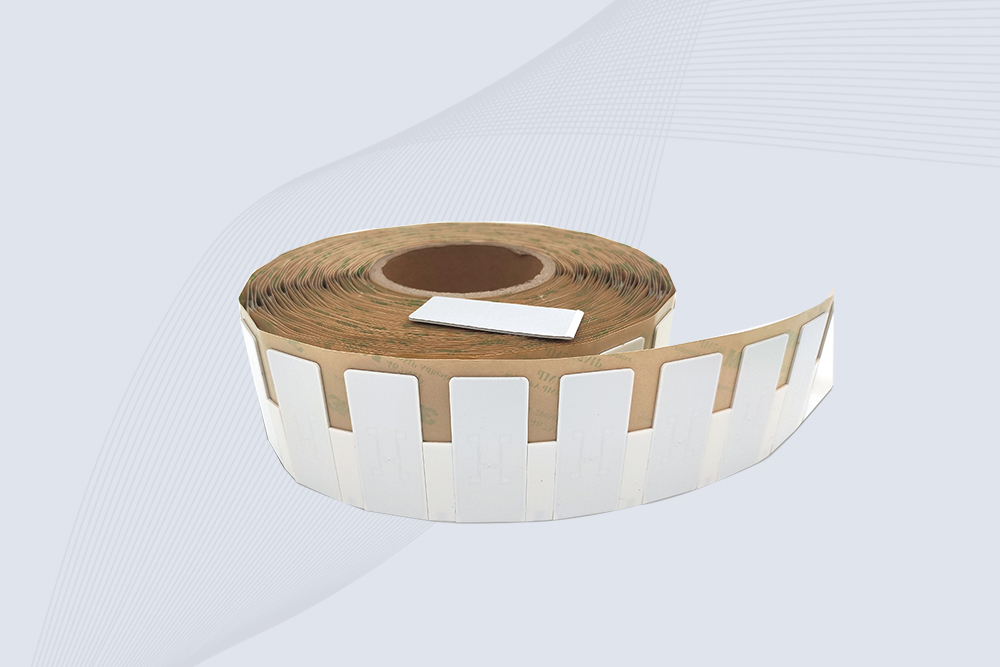
Cykeo CK-BQ6025 flexible anti-metal RFID tag offers 8m read range on metal, IMPINJ R6-P chip, and IP68 durability. Ideal for industrial tracking, logistics, and harsh environments.
Learn how to test RFID tags using your smartphone’s NFC feature. Discover apps, DIY methods, and troubleshooting tips for quick verification.
MoreLearn how to maintain and clean handheld RFID scanners to extend lifespan and ensure peak accuracy. Discover Cykeo’s durability-focused design secrets.
MoreDiscover how advanced RFID readers are transforming pet identification and management in clinics, shelters, and homes with speed and precision.
MoreDiscover how RFID gate access control systems enhance security and streamline vehicle or personnel entry. Learn practical setup tips, real-world cases, and integration ideas.
More